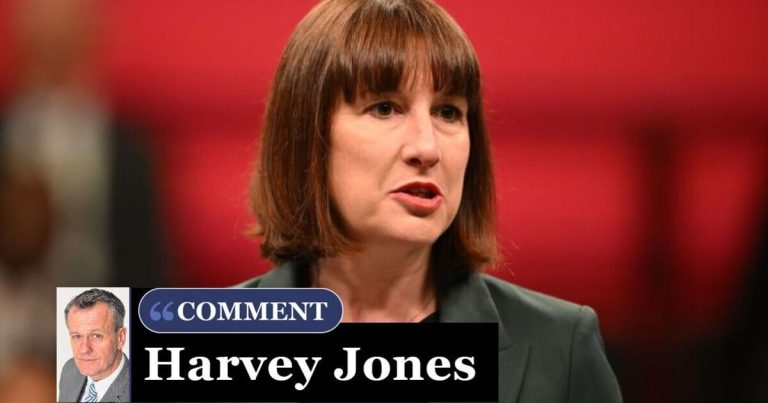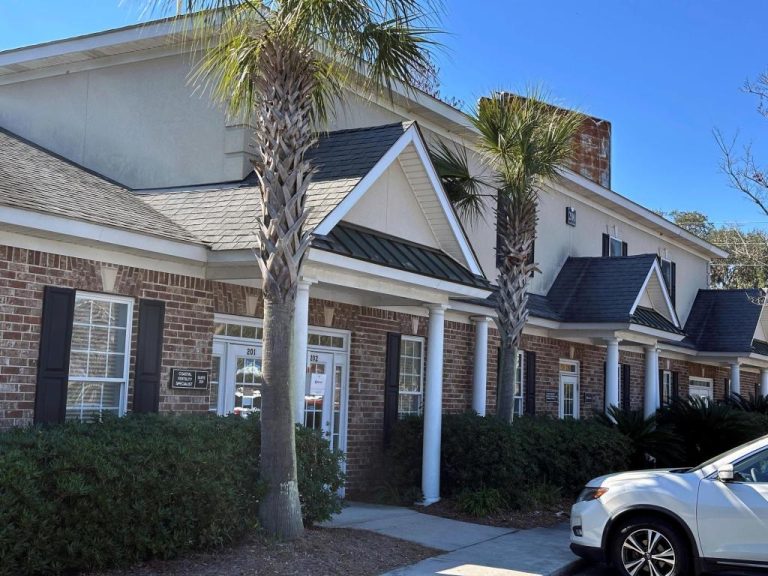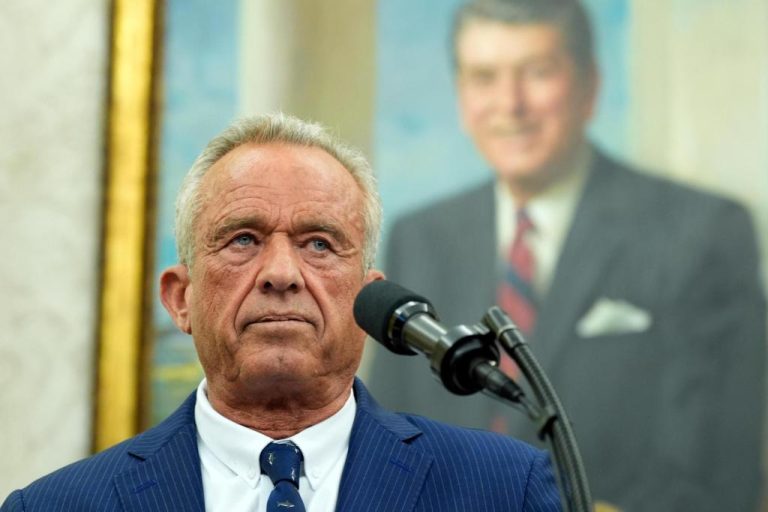
A raft of mortgage lenders have been cutting interest rates over the past week, with some launching some of the lowest-priced deals in months.
Santander launched the first two and five-year fixed mortgages at 3.99% of the year and slashed rates by up to 0.40% on more than 80 other products.
Barclays soon followed suit with the launch of its own 3.99% deal on a five-year fix. Meanwhile, Nationwide and Leeds Building Society cut rates by up to 0.35% and 0.74% respectively.
The moves come shortly after the Bank of England decided to cut the central interest rate – the base rate – to 4.5% at the start of February.
Explaining what impact this has had on fixed-rate mortgages, Nicholas Mendes, mortgage technical manager at John Charcol, said: “Fixed-rate mortgages are becoming slightly cheaper due to a notable decline in swap rates, particularly for terms between two and five years.”
Swap rates are the interest rates lenders pay to financial institutions to secure fixed-rate funds. As swap rates fall, lenders can offer lower fixed mortgage rates to customers.
These swap rates frequently adjust in response to anticipated changes in the base rate, which means that expected reductions are usually factored in long before an official bank rate decrease occurs.
Mr Mendes said: “Currently, swap rates for these terms have fallen below 4%, a significant drop compared to last month.”
However, he noted: “The gap between two-year and five-year swap rates remains narrow, limiting the ability of many lenders to introduce sub-4% deals comfortably, especially on shorter-term fixes.
“A key example is Santander’s recent move to offer a two-year fixed-rate mortgage below 4%. However, this comes with a higher arrangement fee of £1,999, which helps mitigate risk.”
Mr Mendes advised borrowers to look at the total cost of the mortgage rather than just the headline interest rate. He noted that in some cases, a slightly higher rate with lower or no fees could offer better value over the fixed period.
He also predicted that fixed-rate deals might see further reductions, but the extent of these cuts will depend on the movement of swap rates and whether lenders find enough margin to adjust their prices.
What will happen to fixed-rate deals in the short term?
In the short term, Mr Mendes predicts that fixed-rate mortgage deals will continue to decline gradually, following the market’s expectations for falling interest rates throughout the year.
However, the extent of these reductions will depend on movements in swap rates and lender competition.
Mr Mendes said: “One key trend to watch is the likely inversion of the usual rate structure, with two-year fixed rates expected to fall below five-year fixes from quarter two (Q2) onwards and remain lower for the rest of 2024.
“By the end of the year, the most competitive 60% loan to value (LTV) two-year fixed rates are projected to be around 3.5%, with five-year fixes slightly higher at approximately 3.6%.
“For borrowers with a 75% LTV, rates are likely to settle around 3.65% for a two-year fix and 3.75% for a five-year fix.”
With some speculating that rates could fall to 3% or lower, Mr Mendes said it would be “unlikely” as it would require the Bank Rate to drop significantly to around 2.5%.
Mr Mendes added: “That said, affordability should continue to improve as lenders adjust their pricing in response to falling swap rates and increased market competition.
“For borrowers, this means that while fixed-rate deals should become more attractive over time, decisions should be based on individual circumstances rather than speculation on future rate movements.”







